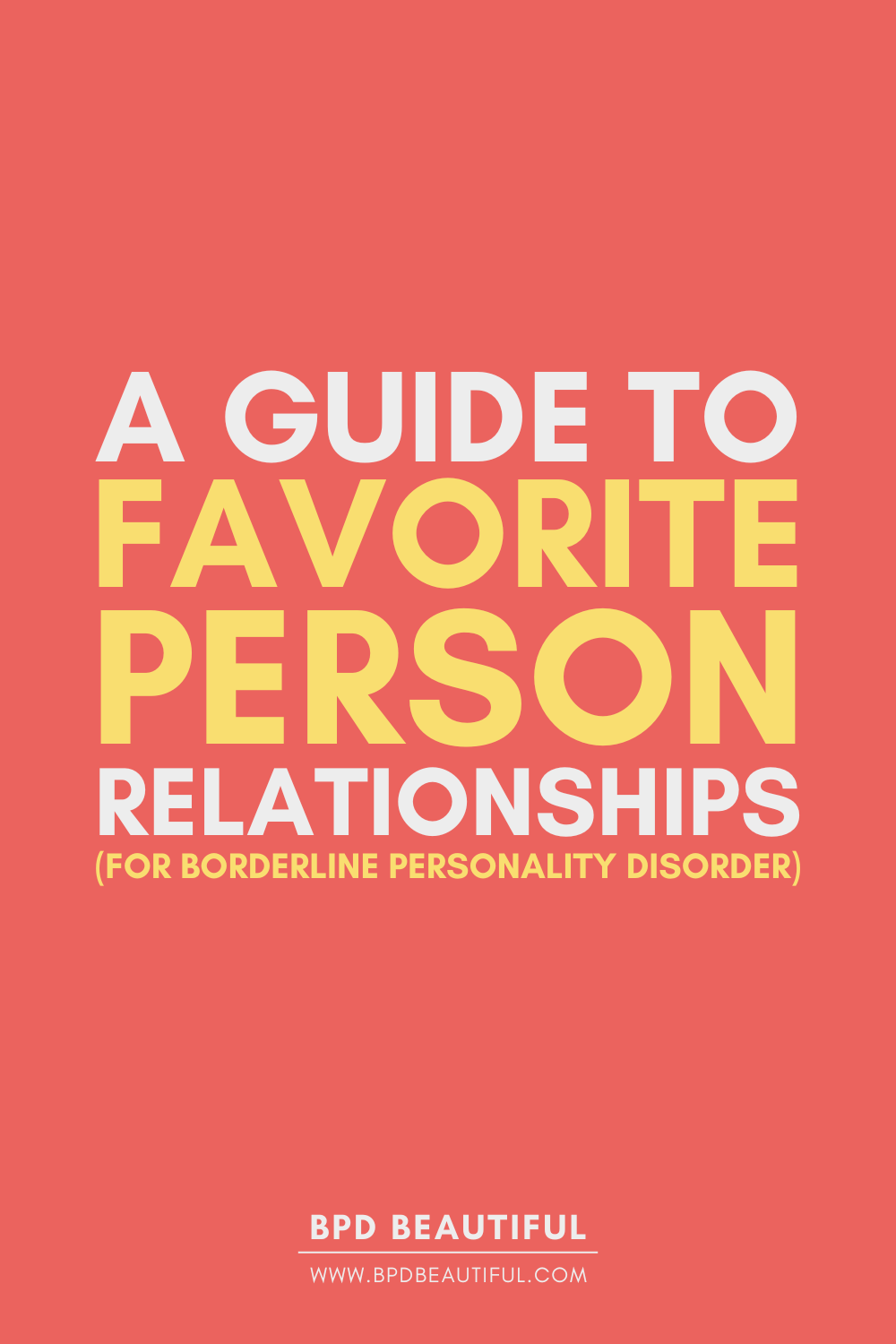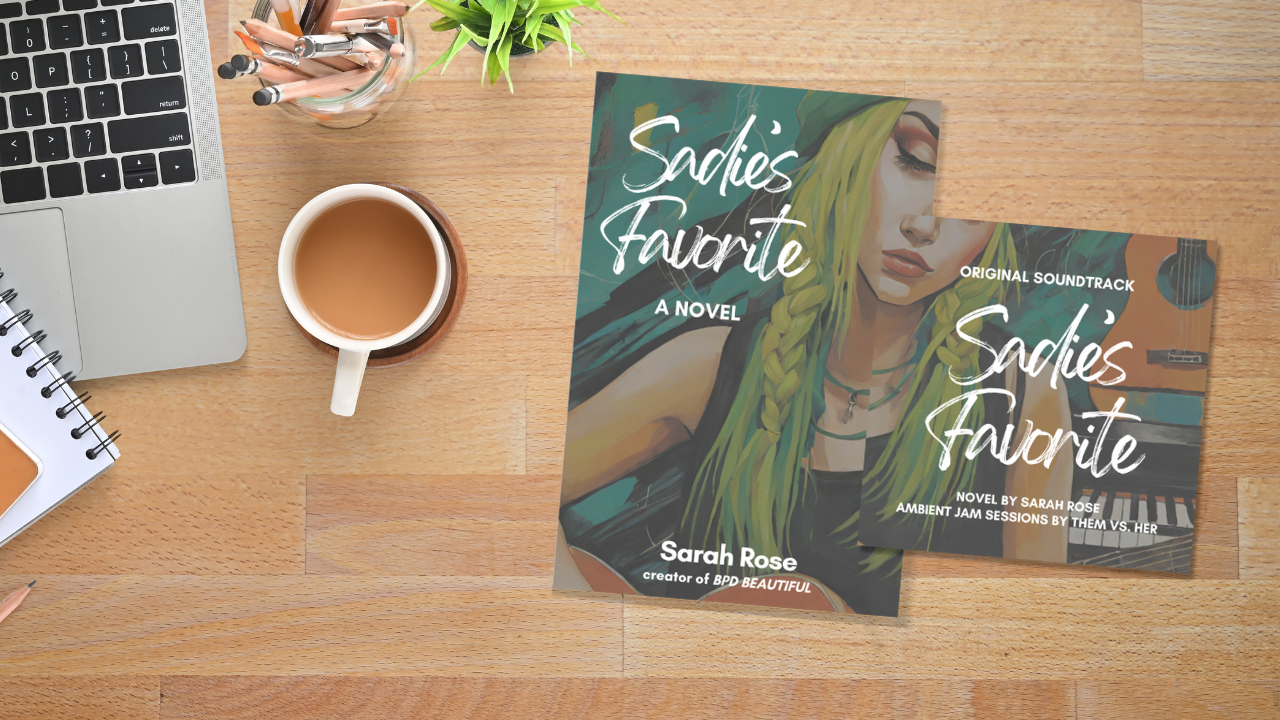All You Need to Know About a ‘BPD Favorite Person’
People with Borderline Personality Disorder (BPD) often struggle to form and maintain meaningful relationships. In many cases, they may develop an intense attachment to one person in particular, known as a favorite person (or FP). This is a complex relationship that can be incredibly rewarding and yet full of difficulty for both the BPD individual and their favorite person.
In this blog post, we will explore what it means to have a favorite person relationship for those living with BPD and their loved ones. We’ll look at signs of splitting on a favorite person, how to manage challenging behaviors in these relationships, and tips for developing healthier coping strategies when dealing with difficult emotions connected to your favorite person as well as tips for the person with BPD’s loved ones. By understanding the unique dynamics of favorite person relationships, you can work together towards creating a more secure connection built on trust and respect.
BPD individuals can find a considerable degree of comfort and security from the relationship they have with their favorite person, but they can also find gut wrenching misery and fear whenever their fear of abandonment is triggered. For the favorite person, being held high on a pedestal can quickly become overwhelming and suffocating. On the flip side, being knocked off when the person with BPD has been triggered can be confusing and disheartening. Ultimately, the relationship between a person with BPD and their favorite person can quickly become unstable and high conflict if it’s not dealt with from a place of healing.
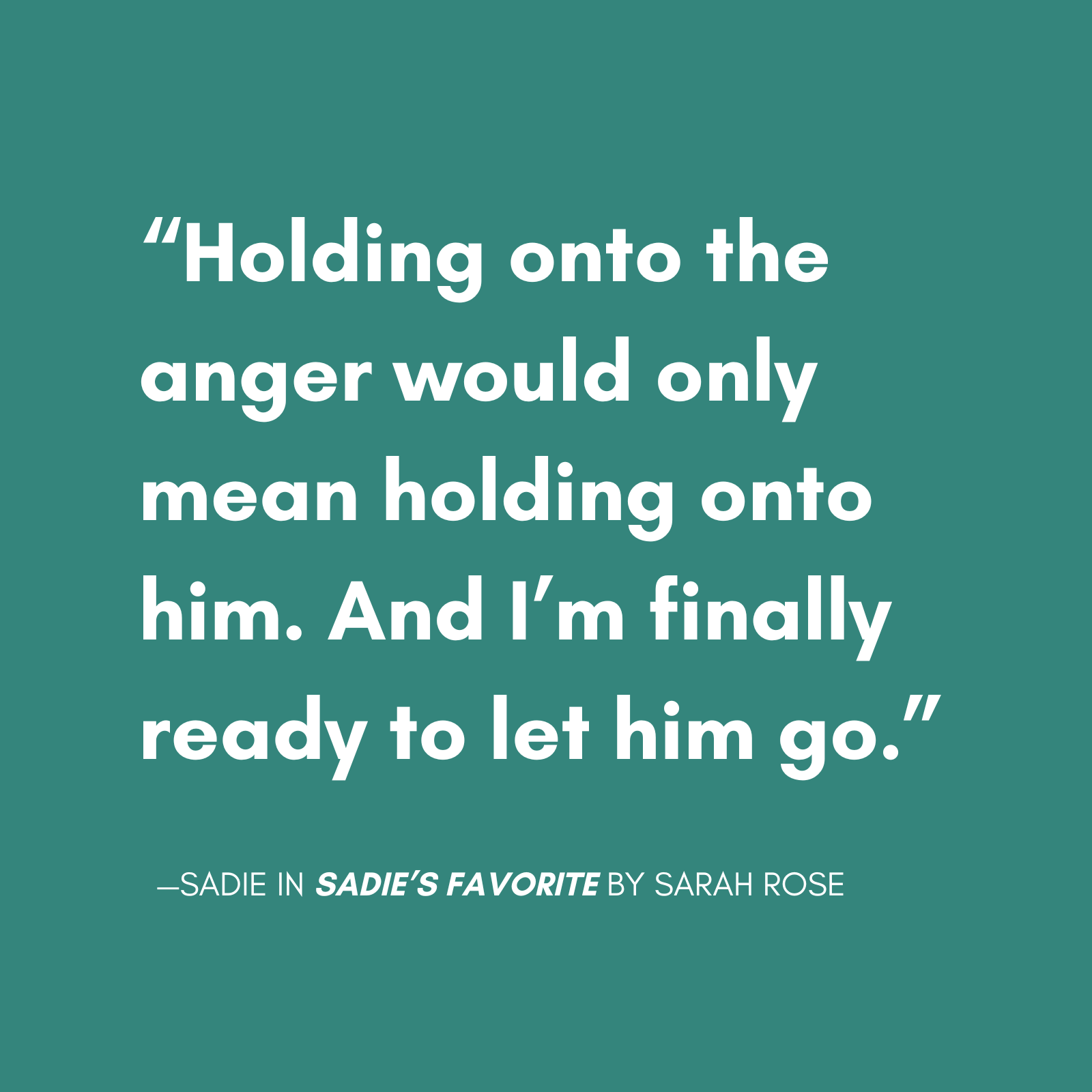
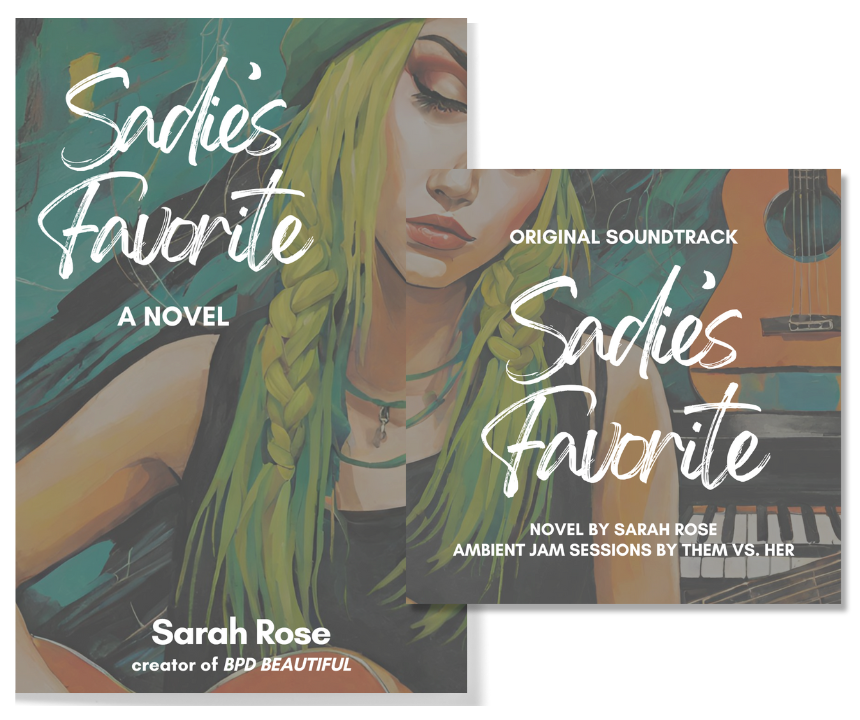
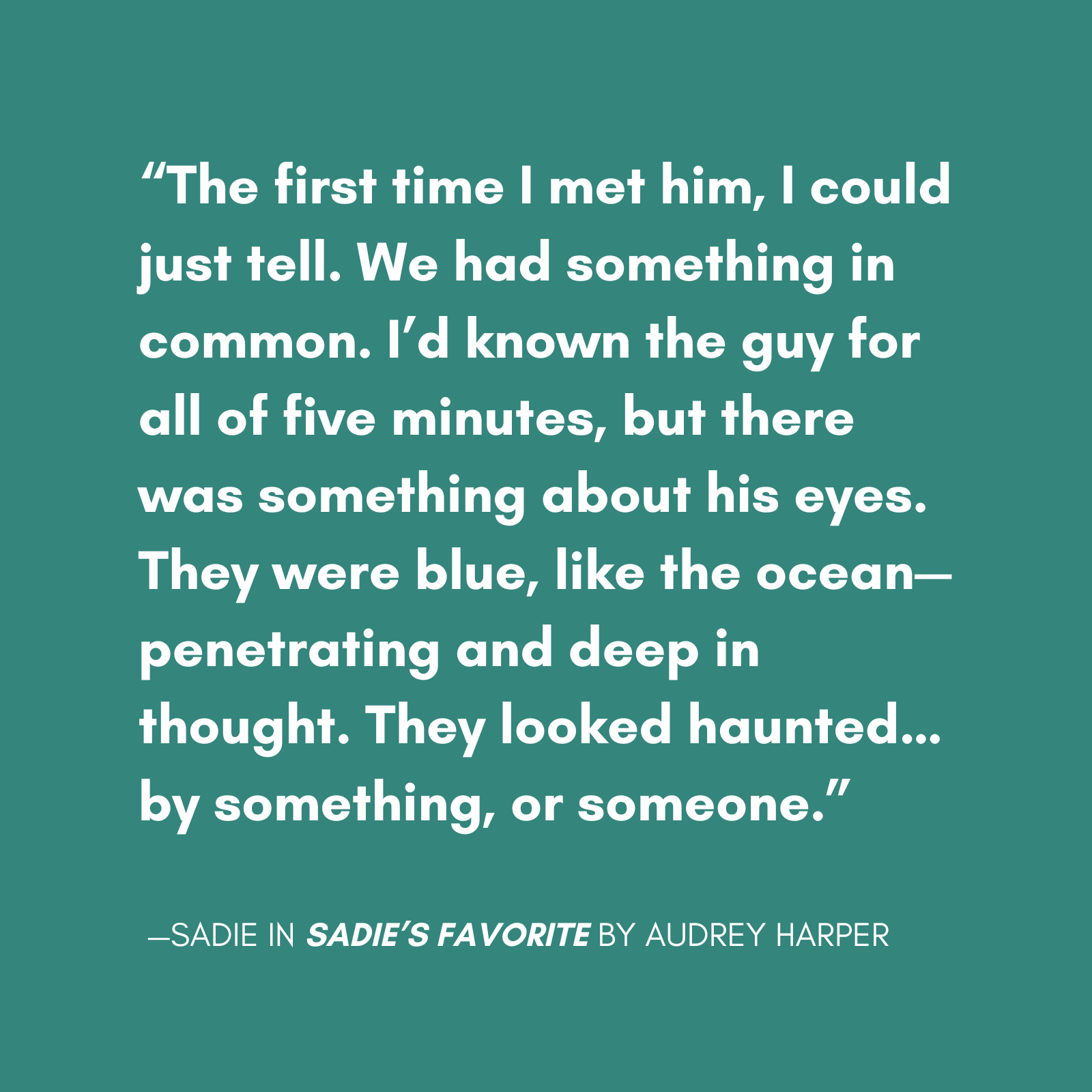
Sadie’s Favorite: A Novel + Original Soundtrack is a character-driven story about BPD recovery, trauma bonds and breaking away from abuse.
Intense feelings and their fear of abandonment can often lead to “BPD splitting”, which is a fancy term for describing the tendency to (when triggered) switch between idealizing someone or something, to devaluing them. Splitting can be confusing for both parties involved, which is why it’s important for those living with BPD and their favorite person to have an open dialogue.
FP Meaning in the BPD Community
So what is a favorite person? It’s the one person that stands out the most to the person living with BPD. They admire this person, they look up to them, they love them passionately and generally think the world of them. Some might obsess over or fantasize about them, others might go to their favorite person whenever they’re in need of mentorship or reassurance.
Here’s how a couple of people with BPD have described their favorite person relationship…
“My favorite person (FP) is like my oxygen. It’s tough. I’d put obsessed on the list. It’s the most wonderful thing, the most exhausting thing, and the most dangerous (for me) thing all at once. Therapy and age have helped so much but ya……”
— woman with BPD
“From what I’ve experienced, a FP relationship doesn’t have to be romantic or sexual. A favorite person is someone that fulfills an emotional need that we’re missing (usually an unmet need from childhood). Whenever we (subconsciously) feel that need has been fulfilled by their words or actions, we associate them with good feelings and idealize them. The association becomes so strong and intense that we see the favorite person as some kind of savior when they provide those good feelings, but we’re so crushed and afraid of abandonment that we devalue them (split black) when they can’t fulfill that emotional need.”
— man with BPD
Looking to better understand FP Relationships? Sadie’s Favorite: A Novel + Original Soundtrack explores BPD, trauma bonds, FP relationships and healing after abuse. Click to learn more.
Signs of a BPD FP / BPD Favorite Person
1. Experiencing intense admiration and idealization from the person with BPD.
2. Being held to a higher standard than others.
3. Feeling like you are being put on a pedestal.
4. Receiving an excessive amount of attention, praise or affection.
5. Noticing that the individual may be overly dependent on you for emotional support or reassurance.
6. Finding yourselves in frequent arguments, especially when your actions trigger feelings of abandonment.
7. Seeing drastic changes in their behavior: one moment you might be adored and appreciated, then suddenly devalued and criticized the next.
8. An obsession-like attachment to you that may feel suffocating at times.

As a BetterHelp affiliate, we receive compensation from BetterHelp if you purchase products or services through the links provided.
9. Extreme jealousy when you’re around other people or things.
10. Feeling pressure to constantly reassure them of their worth.
11. They may test your boundaries.
12. They may look to you for advice.
13. They may go above and beyond for you.
14. They may worry or lash out if you don’t respond right away.
(Read ‘What Happens During a BPD Episode’)
How to Stop Having a BPD Favorite Person
I had a favorite person from the time I was 13 all the way until the end of my 20’s. It was embarrassing, debilitating and demoralizing to obsess and pine over one mere mortal. My very existence depended my favorite person – who was usually a boyfriend, but at one point in time was a best friend of mine. I clung, I pushed away. I ruined relationships. The process to stop having a favorite person took me many years. I’m sorry to say it but it was not a quick overnight success. However, I wouldn’t let that stop you from trying to rid yourself of the favorite person relationship (without actually removing the person from your life). Navigating life without a favorite person is A LOT easier, empowering and more enjoyable. It’s worth trying.
Please note the process to stop having a favorite person (with BPD) took 4 years of treating my codependent nature and childhood trauma in therapy. And then there was an additional 3 years of regular DBT practice. Like I said, it wasn’t quick but progress was made each year. Every year, it got easier. Don’t give up. Also, keep in mind, you might be able to stop having a favorite person sooner than me.
I want to preface this by saying my last ever FP was an abuser and were together for 10 years. On top of therapy, these are things I did myself at home to stop having a favorite person.
- I slowly started putting myself first. Before knowing I had BPD, when my fear of abandonment got triggered (like when my favorite person went out without me) – I made it a habit to ask myself: “what am I doing? What can I do that I enjoy that I can’t usually do with FP? What would make me feel happy, accomplished or peaceful?” My answers usually sounded like: “I’m tidying up my room which makes me feel organized & more productive,” “I’m doing yoga which makes me feel healthy & peaceful.”
- I developed a stronger relationship with Jesus. I continuously reminded myself that NO ONE in this world is perfect nor is anyone worthy of worship. I know God isn’t for everyone but I can’t not include Him because my faith has been a huge component to my recovery. If you don’t believe in a higher power, at the very least – keep in mind that perfection is unattainable for everyone. Your FP is no exception to this.
- I developed a stronger relationship with myself. When I first got with my last FP, I let go of everything that made me me. So I slowly got back in touch with myself and the things I knew I always loved (writing, yoga, reading, graphic design, etc). This took a long time because my identity was already quick to change before meeting my last favorite person. I also tried out new hobbies (hiking, biking, painting, etc) in an effort to find myself. I also learned my core values, my standards (for myself & others) and my boundaries. I’m STILL doing this step today!
- I began to notice my favorite person’s flaws. Be careful with this! It can make you split. So I suggest you work on managing the BPD splitting first!). Once I learned how to observe then control my splitting thoughts, noticing my FP’s normal human imperfections actually made me love him even more. This was because my love for him was more so based on a genuine acceptance of who he was, not an idealized version of him. It also made me stop “worshipping” the ground he walked on. He didn’t have all the answers, and I didn’t need his validation anymore. Ultimately, I didn’t NEED him – I WANTED him; which is a much healthier way to love. Unfortunately, this step also helped me come to terms with the fact that he was emotionally abusive (and step #3 is what made me strong enough to eventually leave him).
- I learned healthy boundaries. I continuously reminded myself that healthy boundaries benefit everyone and are not something I need to take personally.
- I reminded myself that no human was put on this earth to save me or fulfill my emotional or social needs. It is solely my responsibility to advocate for myself and ensure my needs are met.
- I learned how to validate myself.
BPD Splitting on the Favorite Person
Splitting is a term used to describe how people with Borderline Personality Disorder (BPD) can switch quickly between loving someone and hating them. This happens when they’re feeling very strong emotions and their fear of being abandoned is triggered. BPD splitting makes the person with BPD quickly go from seeing the favorite person in a perfect, angelic light to seeing them in a negative, devilish light.
The person living with BPD thinking their favorite person is perfect one moment and then terrible the next causes a lot of mixed signals and confusion; it can be vastly overwhelming for both parties.
(Read ‘What a Devaluing Split Looks Like for Borderline Personality Disorder‘)
Splitting is how a brain with BPD naturally operates and defends against abandonment. It’s not something in the person with BPD’s control (they may be able to learn to better manage it, however, with proper treatment but this takes time, self-motivation and hard work). If the person with BPD is untreated or in the early stages of treatment, controlling splitting feels damn near impossible and that’s if they can even detect they’re splitting in the first place.
BPD splitting is not easy for someone without borderline personality disorder to understand (it’s even hard for some people with BPD to understand), but it’s a very real BPD symptom that can have debilitating effects on all aspects of a person’s life and relationships.
Examples of BPD Splitting Thoughts
To give you, the BPD favorite person or person without BPD, an idea of how splitting affects a person living with BPD’s thought processes…here are some examples of BPD splitting thoughts.
“No one cares.”
“Everything’s perfect now that I have them.”
“Nothing ever works.”
“She’s / He’s the best thing that ever happened to me.”
“He / She doesn’t actually care about me. Why would they?”
“I always screw things up.”
“They’re my everything. They’re the only thing keeping me alive.”
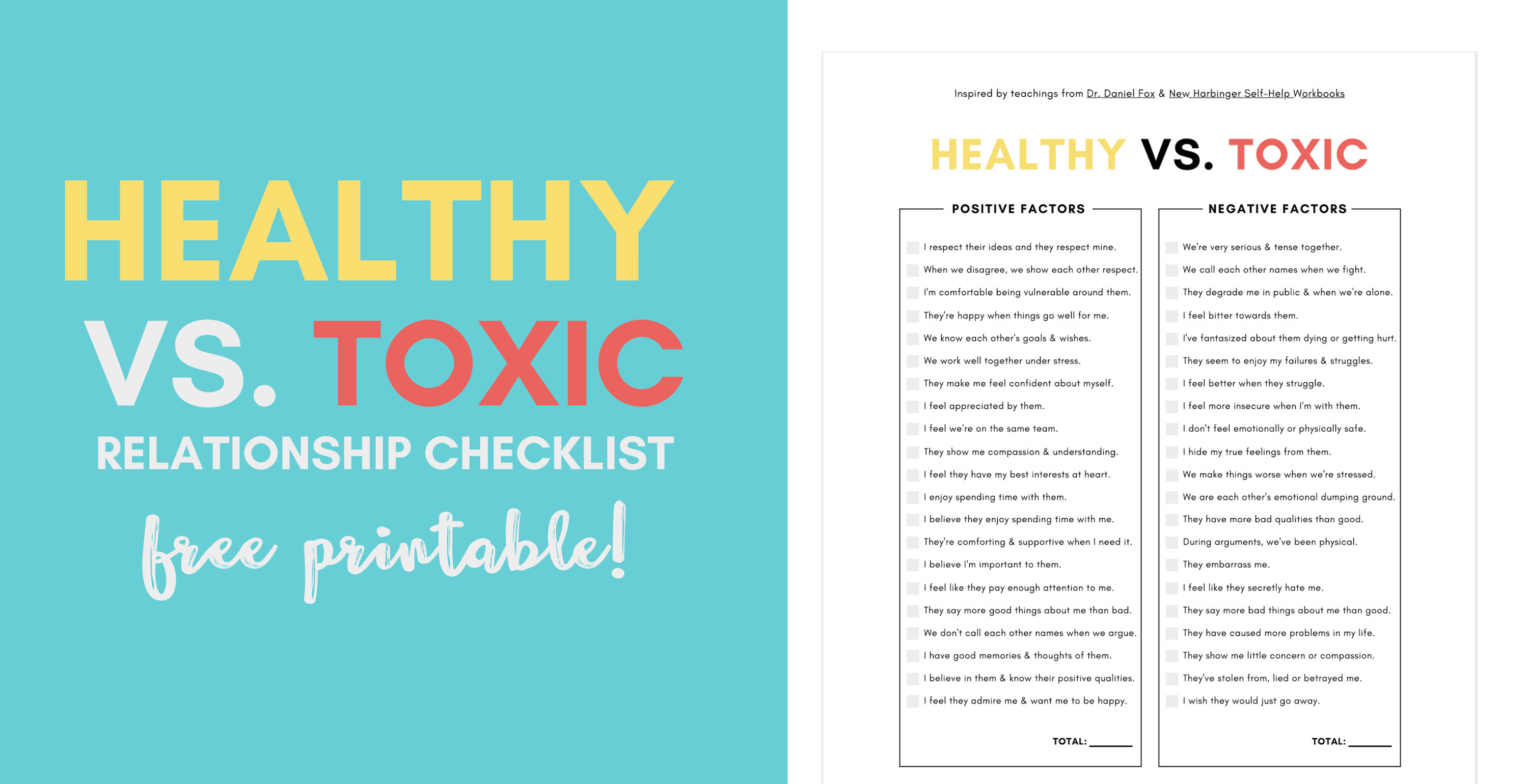
DOWNLOAD FREE PRINTABLE
Measure how healthy or unhealthy your BPD relationship is with the Healthy vs. Unhealthy Relationship Checklist.
“If only that would happen, things would be perfect.”
“I’d rather die than be left behind.”
“That would ruin everything.”
“I wouldn’t be me without them.”
“I’m amazing at my job, and my team is amazing. We work amazingly together!”
“My boss and coworkers must think the worst of me. Why do I need to suck so much?”
“That would fix everything.”
“Of course it didn’t work. It wasn’t even worth trying.”
“I know without a doubt that he / she loves me, and always will.”
“They never loved me. No one loves me. I’m completely worthless.”
You can quickly notice that the thoughts are in all or nothing terms. That’s splitting in a nutshell. If you’re reflective and empathetic enough, you can start to imagine how difficult navigating relationships and everyday life can be when you’re continuously—with little to no control, going back and forth between various opposing extremes in this way.
Now top those uncontrollable thoughts with a gut wrenching shame that you can’t simply shake off, and you have a glimpse borderline personality disorder.

How to De-Escalate Things When the Person with BPD Splits Black
When a person with BPD splits their favorite person “black”—they may be irritable (short responses, passive aggression or tense body language), downright mean (verbal lash-outs, abuse or manipulation), sullen or suddenly distant. For those with “Quiet BPD” (a subtype of borderline personality disorder, also called Discouraged BPD, that manifests more subtly than other subtypes), you might not know they’re splitting at all. It ultimately depends on the person.
If your loved one with BPD isn’t as expressive about their intense emotions as others with BPD, encourage them to communicate openly with you when they’re feeling triggered—so you can be better equipped to support them when the time arises.
If you’re close enough and comfortable with them, consider asking your loved one with BPD if they’ve been triggered. You could word this more discreetly and less offensively by saying something along the lines of…
“You seem upset. Are you okay? Feel free to open up. I care about you, and I want to support you if something’s wrong.”
“Did something I do offend you? I hope you know you can always come to me. If I’ve upset you, I’d like to know so we can work it out together. I love you so much.”
“I feel like you’ve been a bit distant today. Is everything alright? I want you to feel comfortable telling me how you’re feeling—I promise to be patient and nonjudgemental. I’m not going anywhere.”
When you say something to someone living with BPD, really mean it. Don’t try and avoid hurting their feelings unless it’s dangerous for you to be up front (in case of people with BPD who are not self aware or in treatment and are abusive). Don’t give your loved one with BPD words of affirmation or praise that you don’t mean or make promises if you don’t intend to back them up with action.
When the favorite person is up front about their own feelings, support capabilities and boundaries—it can help the person living with BPD feel more comfortable to disclose the disordered side of their thoughts or emotions, which can ultimately make for a stronger, more stable & more transparent relationship.
(scroll down for even more tips on managing ‘BPD Splitting’)

As a BetterHelp affiliate, we receive compensation from BetterHelp if you purchase products or services through the links provided.
Tips for Managing BPD Splitting as a Favorite Person
1. Listen and acknowledge the feelings of the person with BPD.
2. Make sure to maintain safety for all parties involved.
3. Stay calm and offer understanding, not judgement.
4. Offer reassurance when possible, remind them that you care about them or provide truthful positive feedback.
5. Ask if there is anything they need during difficult times, such as a hug or space to be alone.
6. Avoid getting defensive in response to their behavior.
7. Reassure them of your commitment to the relationship and remind them that it won’t always feel like this.
8. Suggest self-care activities or do an activity they enjoy with them.
9. Remind yourself that what you are experiencing is an effect of their illness; try not to take things personally.
10. When the need comes up, take breaks from engaging. Let them know if you plan to be away for longer than usual, and give them a timeline for when you’ll be ready to talk again or check in every few days to let them know you haven’t forgotten them. Be sure not to string them along.
By taking the steps above, you can provide comfort and support to the person with BPD while they’re in the midst of splitting. Remember, this is a difficult BPD symptom and one that may require professional help in order to manage effectively. Be patient, kind and understanding; it will go a long way for your relationship.
How to Validate Someone with BPD
Some examples of validating statements include…
- “That’s messed up.”
- “I know how much that meant to you.”
- “What am I not understanding?”
- “That must be really frustrating.”
- “That’s got to be difficult for you.”
- “I would be angry too.”
- “Tell me more…”
- “Help me understand what you’re feeling.”
- “What do you need from me right now?”
- “It makes sense you would be upset about that.”
- “I can see you’re making an effort.”
- “How can I help?”
Note: If you use any of these statements, remember that context and your tone of voice matters. Don’t just throw one of these lines out there when your pwBPD is in the middle of a BPD episode and expect good results. Make sure what you respond with makes sense for the situation and that you’re being honest and truthful (don’t say you understand or would be upset too, if you don’t or you wouldn’t be). Above all, make sure you’re listening to understand – not to respond.
How do Borderlines Choose Their Favorite Person?
Borderlines do not choose their favorite person. It’s something that happens subconsciously and is often not something a person with BPD can control or stop (without proper treatment). Usually, a favorite person is someone that the person with BPD respects a great deal. They may find them physically attractive, intriguing, compassionate or view them as someone they’d like to be like one day. Often, the new favorite person has traits that the person with BPD feels they themselves lack. This makes them put the favorite person on a pedestal and idealize them.
(Read ‘Top 30 Questions About BPD (For Loved Ones‘)
What Happens When a Borderline Loses Their Favorite Person?
It feels debilitating when a borderline loses their favorite person. Internally, they may panic and experience both emotional and physical distress. They may feel chronically empty, numb or like a part of them has been removed. They may have suicidal ideation.
If they’ve been actively treating their BPD, they may experience regressions in their treatment (short or long term, big or small – depending on their mental state and their stage / length of recovery) or they may better cope with the loss overall.
Looking to better understand FP Relationships? Sadie’s Favorite: A Novel + Original Soundtrack explores BPD, trauma bonds, FP relationships and healing after abuse. Click to learn more.
The Difficulties of Being a BPD FP
Being a favorite person of someone with BPD can be incredibly challenging, but it’s also an opportunity to provide real comfort and support to someone who likely loves you very passionately, will be immensely loyal to you and will go out of their way to be there for you when you need them. By listening without judgement and offering reassurance during their BPD episodes, you can help the person living with BPD better manage their own symptoms.
It’s important to remember that it isn’t your responsibility to fix the BPD or do all of the work for them – individual professional help for both of you might be necessary in order for them to properly manage their condition and for you to be able to process it and help support them on their recovery journey. Be patient, kind, understanding and open-minded as this will go a long way towards strengthening your relationship. With time and effort from both parties involved, managing BDP and the BPD FP relationship may become easier over time.
Start a Discussion
Are you a favorite person? Do you have BPD and struggle with a FP relationship? Share your experience in the comments!
Pin This Post
Liked this post? Please help support BPD Beautiful and spread BPD awareness by pinning it on Pinterest.
